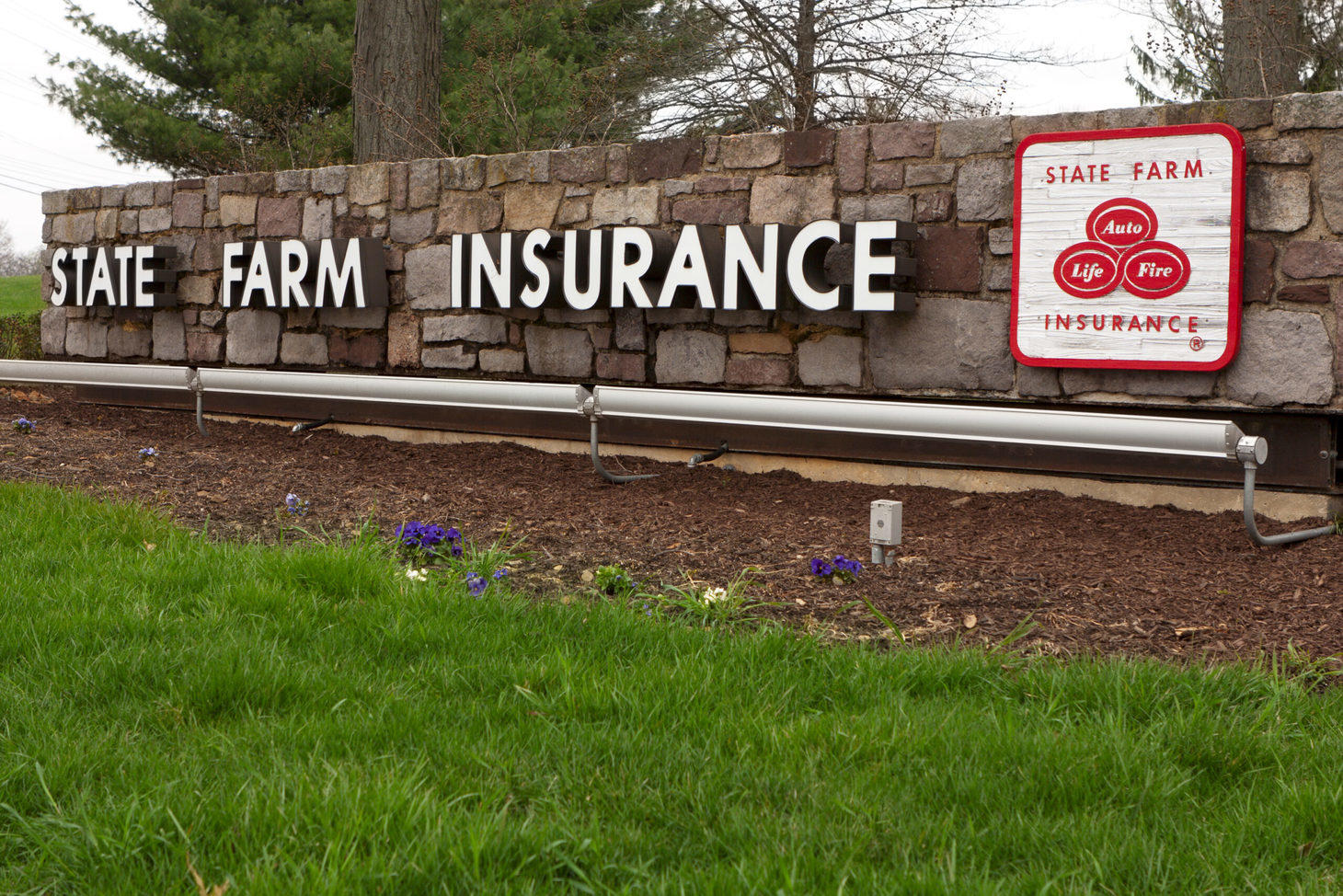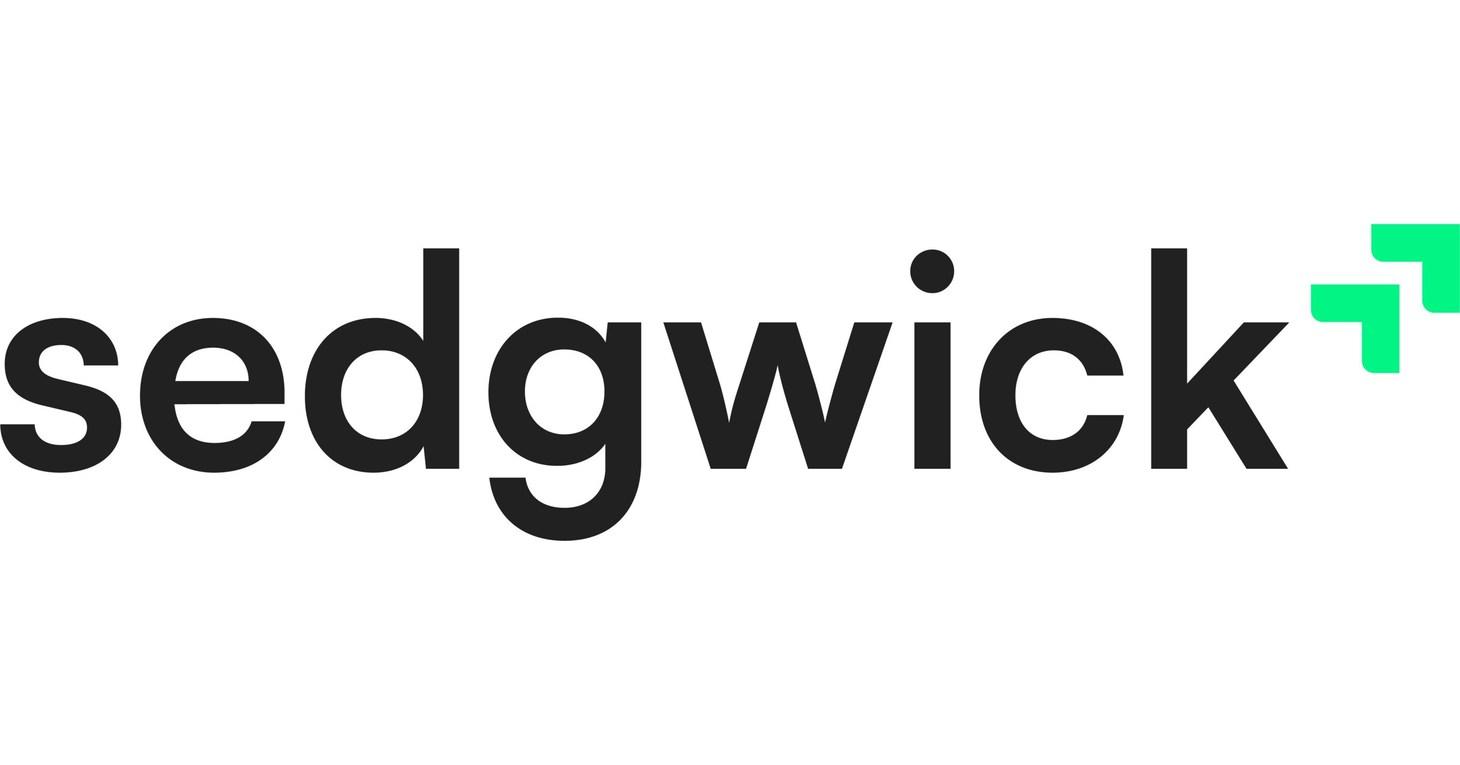News

CBS explores State Farm suits that claim company software calculated actual cash values too low | Repairer Driven News
[Ed. Note: The long contentious debate over fair settlement methods for Total Loss auto claims is widening beyond single carriers and vendor solutions and attracting greater national regulator scrutiny. It could get expensive.]
State Farm is battling lawsuits in multiple states that claim the company used software to calculate actual cash values too low, according to a CBS News report.
The newscast focuses on a recent Arkansas case, where the jury found State Farm shortpaid customers after their vehicles were totaled.
Rose Chadwick, a plaintiff in the case, told CBS she realized the insurance company underpaid her for her 2011 Hyundai after learning about other potential legal action against the company.
Chadwick became the lead plaintiff in a case originally filed in the Eastern District of Arkansas Central Division federal court in 2021. The class action complaint states that State Farm used Audatex North America valuation reports to determine the actual cash value of the total loss vehicles, thumbing the scale against insureds when calculating the actual cash value of their total loss vehicles by applying so-called “typical negotiation adjustments.”

Insurance Deserts Emerge As Rising Rates Threaten Housing Market | Bankrate
Homeowners face soaring insurance premiums and non-renewals, making it harder to buy or keep homes — especially in emerging insurance deserts
“Location, location, location” has long been the golden rule of real estate. But in today’s challenging housing market, a new mantra is developing: “Insurance, insurance, insurance.”
As homeowners insurance premiums rise across the country, buyers are facing a double hit — soaring home prices and costly insurance, which is required for most types of mortgages. And in some areas, the situation is even more dire: entire regions are becoming “insurance deserts,” where finding any coverage at all is a struggle.
For existing homeowners, it means they may get a nonrenewal notice even if they haven’t made any claims on their policy. For home buyers, it means a growing challenge to close a real estate deal that involves a mortgage.
One hard-hit area is Massachusetts’ Cape Cod, a peninsula that’s a popular summer vacation spot and retirement destination. Existing residents and prospective buyers are hearing more and more insurers say they “don’t cover the Cape,” says Sandi LaCasse, a real estate agent with Jack Conway.
“Buyers are shocked when they first hear that,” LaCasse says. “People want to use the insurance company they’ve used for years, and it makes some buyers nervous to hear that some companies won’t insure homes on the Cape.”
Research

Experts issue warning after discovering unexpected factor leading to road rage incidents: 'Becoming the norm'
When the temperature spikes, so do tempers, as a Baylor College of Medicine report has noted. With car insurance rates already climbing nationwide, experts cited by Bankrate recently warned that extreme heat could make driving even more expensive, with adjustments made for heat-induced road rage.
What's happening?
Insurance companies have historically considered weather when setting rates, as Moneywise reported recently. Rain and snow make roads dangerous, and more accidents usually mean higher premiums. Now, rising global temperatures are creating another risk that auto insurers are starting to consider: changes in human behavior.
"While this is still an emerging area of research, some insurers are exploring whether long-term risk models and pricing strategies should account for heat-related behavioral trends, particularly in regions where extreme heat is becoming the norm rather than the exception," said Loretta Worters of the Insurance Information Institute, per Bankrate.
According to the news outlet, some of the hottest states also have the highest premiums, though the publication does not specify why this may be. For example, Louisiana drivers pay an average of $3,954 per year, and Florida drivers pay $3,864. By comparison, the national average was nearly $1,300 less as of the July reporting.

Even Loyal Customers Are Shopping for New Insurance | Bankrate
In 2024, over half of the U.S. shopped for new car insurance, home insurance or both. Learn tactics to score more affordable rates.
It’s no secret that insurance companies are raising rates faster and higher than ever. But now, as 2025 rolls past its halfway mark, experts are noting a new trend from insurance customers: unprecedented rates of insurance shopping. In 2024, over half of the U.S. shopped for new car insurance, home insurance or both.
But it’s not just that more people are shopping for insurance — insurance experts are especially interested in who is shopping. While it’s common for younger policyholders, auto-only shoppers or lower-income households to shop frequently for better rates, 2024 saw record rates of shopping by high-value, traditionally loyal customers with bundled policies.
Over half of U.S. insurance customers shopped for a new policy last year
According to J.D. Power’s 2025 U.S. Insurance Shopping Study, a record 57 percent of U.S. insurance customers shopped for a new policy in 2024, up from just 49 percent the previous year. That’s an all-time high since the study launched 19 years ago. This unprecedented shopping rate coincides with a steep increase in the overall cost of car insurance, with drivers paying an average of 12 percent more at the start of 2025 than they did in January 2024.
More shoppers create stronger incentives for insurance companies to attract new customers — through refreshed ad campaigns, improved service and competitive rates.
Climate/Resilience/Sustainability

Trump proposed getting rid of FEMA, but his review council seems focused on reforming the agency | Insurance Business America
Four days after starting his second administration, President Donald Trump floated the idea of “ getting rid of ” the Federal Emergency Management Agency, which manages federal disaster response. But at a Thursday meeting, the 12-person review council he appointed to propose changes to FEMA seemed more focused on reforms than total dismantlement.
FEMA must be “reformed into an agency that is supporting our local and state officials that are there on the ground and responsive to the individuals that are necessary to help people be healed and whole through these situations,” Homeland Security Secretary Kristi Noem said, who co-chairs the council.
But, she added, FEMA “as it exists today needs to be eliminated.”
However, the meeting in Oklahoma City offered hints of what types of reforms the council might present to Trump in its final report. Members mainly focused on conventional and oft-cited opportunities for change, such as getting money faster to states and survivors and enhancing the capacity of local emergency managers.
But some moves by the administration in the last several months have already undermined those goals, as mitigation programs are cut and the FEMA workforce is reduced. Experts also caution that no matter what the council proposes, changes to FEMA's authority and operations require Congressional action.
Financial Results
U.S. P/C Insurance Industry First-Half Underwriting Profit Triples
The U.S. property/casualty insurance industry recorded a net underwriting gain of $11.5 billion and net income of $49.1 billion for the first half of 2025, according to a new report.
“The lack of any significant natural catastrophes in the second quarter helped offset the record-breaking catastrophe losses related to the California wildfires and severe convective storms impacting Texas and Georgia earlier in the year,” said Robert Gordon, senior vice president, policy, research and international at APCIA, in a media statement announcing the figures released jointly by The American Property Casualty Insurance Association and Verisk yesterday.
The underwriting profit figure is three-times the $3.8 billion that APCIA and Verisk reported for first-half 2024.MORE
Announcements
Tokio Marine partners with Salesforce to drive AI Transformation
Tokio Marine Holdings and its subsidiary Tokio Marine & Nichido Fire Insurance have entered into a strategic partnership with Salesforce Japan to accelerate AI-driven business process redesign.
The collaboration aims to enhance customer experience across contact centers, agencies, and branch offices, while building in-house talent skilled in AI-enabled process transformation.
Tokio Marine already uses Salesforce for core operations, including its agency management platform TNEXT and contact center system. The new initiative will expand these capabilities with Salesforce’s Agentforce, an autonomous AI agent, to develop AI-powered contact centers and systems that recommend tailored insurance solutions based on customer data.
The announcement comes as Salesforce faces a class action lawsuit over a May 2025 data breach that exposed sensitive information from more than 1.1 million Farmers Group customers.

Inside CCC's Integration with Guidewire | CCCIS | CCC Intelligent Solutions
Through its integration with Guidewire ClaimCenter, CCC provides insurers with intelligent automation and advanced tools that help adjusters accelerate the auto claims resolution process. The CCC integration gives adjusters seamless access to capabilities like AI-powered photo estimating and repair workflow tools directly within Guidewire ClaimCenter, creating a more efficient and satisfying experience for both employees and policyholders.
Key features of the CCC and Guidewire integration
Integrated AI: CCC's AI analyzes photos of vehicle damage and offers early predictions regarding repairability, total loss potential, and severity. By embedding these capabilities directly into Guidewire, insurers can make more informed decisions at the start of a claim and more quickly determine the optimal path forward. Photo-based estimating: Adjusters can create detailed, line-level repair estimates from just a few photos using CCC's photo-based estimating tool, which is integrated with Guidewire. This capability saves significant time and can be based on insurer-configured rules.
Streamlined repair workflows: The CCC Workflow for Auto Physical Damage (APD) integrates with Guidewire to simplify the management of repair operations. This allows adjusters to manage connections with independent appraisers, direct repair programs, and repair facilities from a single system.
A connected claims ecosystem: By combining CCC's broad ecosystem of partners with Guidewire's core platform, insurers can achieve greater simplicity in their technology stack. The integration connects key providers to ensure claims flow smoothly, with automated tasks handling the routine work.
Neptune files for IPO
Neptune Insurance Holdings Inc., the parent company of private flood insurance provider Neptune Flood, has publicly filed a registration statement on Form S-1 with the U.S. Securities and Exchange Commission relating to the proposed initial public offering of its Class A common stock by certain selling securityholders. Neptune Insurance Holdings has applied to list its Class A common stock on the New York Stock Exchange under the ticker symbol “NP.”
For the year ended December 31, 2024, the company generated $119.3 million in revenue, $34.6 million in net income, and $72.1 million in Adjusted EBITDA.
Curators' Corner: Alan Demers and Stephen Applebaum
***Top 10 Most Read ‘Connected’ Articles This Year***
Financial Results Progressive reports July earnings with 34% net income increase
Today's Headline Heat Dome To Bake The South And Midwest Ahead: Feels-Like Temps Up To 110 Degrees Are Possible
Today's Headline Texas Flooding Toll Climbs; Two Dozen Still Missing From Camp Mystic | Weather.com
Today's Headline Warren Buffett shocks shareholders by announcing his intention to retire at the end of the year
Today's Headline Tropical Storm Erin Expected To Strengthen Into A Hurricane
News Alabama study reveals hurricane resilience programs are paying off for homeowners and insurers
Financial Results Insurtech Kin reaches $100 billion in insured property value By Investing.com
Financial Results 2024 second consecutive year of 'very strong' P&C results for large global reinsurers: Fitch
Announcements CCC Intelligent Solutions announces executive departure
Climate/Resilience/Sustainability FEMA’s flood maps often miss dangerous flash flood risks, leaving homeowners unprepared
People

Sedgwick appoints Vishy Padmanabhan to Chief Transformation Officer
Sedgwick, the world's leading risk and claims administration partner, announced Vishy Padmanabhan as the company's new Chief Transformation Officer (CTO), reporting directly to Michael Arbour, CEO, Sedgwick.
The creation of the Chief Transformation Officer role marks a significant milestone in Sedgwick's evolution, underscoring the company's commitment to innovation and delivering enhanced value to help clients worldwide.
"This is a defining moment for Sedgwick. It marks a bold step, and clear investment, in how we harness technology to shape the future of our company," said Arbour. "As Chief Transformation Officer, Vishy will champion innovation and agility at scale, partnering across technology and operations to drive an integrated transformation agenda spanning digital, data, and enterprise processes."
Canada
Insurers report good first-half results, but wildfires remain top of mind
Four Canadian publicly traded property and casualty (P&C) insurance companies reported strong net earnings for the first half of 2025, driven by strong underwriting performance and investment returns, ratings agency Morningstar DBRS reports.
But the ratings agency adds Canadian P&C insurers are waiting for the proverbial shoe to drop during the second half of the year, with the primary risk being wildfires entering urban areas.
“There might be some headwinds for P&C insurers in H2 2025, as underwriting profitability may be affected by natural catastrophe losses caused by the wildfires in Western Canada and other parts of the country,” Morningstar DBRS cautions.
“Although wildfires have been mainly reported in remote areas with low population concentration so far, P&C insurers could be affected if they were to spread to densely populated urban areas.”
Morningstar DBRS’s report focuses solely on the first-half results of four publicly traded Canadian P&C insurers — Intact, Fairfax, Definity, and Trisura.
The report shows the return on equity reported by these insurers in the first half were all in the range of about 12% to 20%. Definity reported a 2025 Q2 ROE of about 12%, Intact about 14%, Trisura just above 15%, and Fairfax close to 20%.
All four companies benefited from top-line growth, “driven by timely premium rate actions as well as new business generation,” Morningstar DBRS reported.
